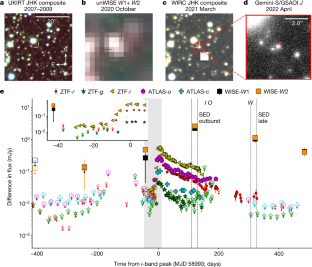2023-05-03 ノースカロライナ州立大学(NCState)
◆この研究成果は、セルロースベースの製品のより持続可能で効率的な設計に影響を与えるとされている。研究者らは、セルロースと水の相互作用を調べ、水が分子構造内の化学反応を制御する方法について探究した。
◆この研究成果は、水を操ることでより良い製品やプロセスを設計するための基盤を築くことに役立つと期待されている。
<関連情報>
- https://news.ncsu.edu/2023/05/studying-fundamentals-of-water-as-a-solvent-could-lead-to-greener-cellulose-based-products/
- https://www.sciencedirect.com/science/article/pii/S2590238523001236
水-セルロースネットワークの分子構造に関する計算および実験的な洞察 Computational and experimental insights into the molecular architecture of water-cellulose networks
Khandoker Samaher Salem, Nelson Barrios, Hasan Jameel, Lokendra Pal, Lucian Lucia
Matter Available online: 3 May 2023
DOI:https://doi.org/10.1016/j.matt.2023.03.021

Progress and potential
The current perspective provides insights into expressing a treatment of water from its traditional solvent role to one more participatory using the construct of cellulose networks. We contend that water molecules have a much more profound interaction and influence on “surrounding” reagents, networks, and chemical systems than deducible from first-order approximations. We have observed and calculated, for example, that water stacks in discrete layered hydration shells to control reactivity, engage in long-range chemical reactions, and induce significant exothermic organization (e.g., crystallization-like phenomena) that again affects ultimate reactivity and physical properties of cellulose networks. Such insights have significant implications for evaluating how to introduce and exploit water for controlling or mitigating reactivity, drying, and processing hydrophilic networks. Water above all does not behave as a simple “in-the-box” cage as expected for solvation. It can do much more, which is left for the scientific community to uncover, but our perspective offers intriguing insights and impetus to further such deeper investigations into its chemical dynamics.
Summary
The current perspective attempts to provide key insights into several major aspects of water solvation supported by several experimental and computational investigations. It is postulated that water is not just a common solvent from the framework of the molecular level, but in fact can play the role of a co-reactant or induce an “organizational constraint” (e.g., crystallization) to regulate the rate of chemical reactions. The focus of our perspective is to provide insight into these phenomena; we will cast our net toward the formation of putative water molecules’ stacking around the three-dimensional network of the cellulose, the most abundant biomaterial on the planet, which is further mitigated by hydrogen bonding and water-cellulose molecular architecture on the morphology, properties, and chemical reactivity of micro- and nanocellulose. Our perspective also introduces the idea of water hydration shells present immediate to the hydrophilic surface of the cellulose that can help articulate water chemistry and the challenges it presents during drying.


